Cultivating Joy
Hey, it’s Katrina here, and today I’m chatting about my little passion project which I have cheesily nicknamed “Cultivating Joy”. In essence – my journey to add more joy into my life by growing oodles of flowers and herbs. Before I go into the details, a little story time on how this all came to be.
Do you guys ever feel like life is trying to tell you things? And then if you ignore it, you get the same message again and again… and again and you are finally like “okay life, I get it, I hear youuuu!” I feel like that is what has been going on for me. On top of the craziness that came with the pandemic, there have been a number of families around us who have had some pretty traumatic things happen. Losing a spouse in a car accident, terminal illnesses, accidents resulting in lifelong disability, losing battles with mental illness, and numerous cancer diagnosis’.
The result, for me, has been this feeling of how fragile life is. We are not guaranteed time on this earth. We are not guaranteed our health. Now, this may sound pretty bleak. On more than one occasion I have felt pretty hopeless – but it has ALSO empowered me to focus on two important things. 1) I want to take better care of myself, and 2) I need to be more intentional about how I am spending my time/life. Yes, the common moving my body more and eating my veggies yadda yadda things. But also, caring more about what is going into my body, wanting to grow more of my own food, be a more conscious consumer and, a big one, reducing my stress. Being more mindful, having better boundaries, saying no to things that aren’t right for me. What is important to me, am I doing those things or making space for them in my life? Something that has come up a lot is wanting to make more space for joy.
WHY FLOWERS?
I am a big fan of jumping down rabbit holes, and what started as research on how to grow more of my own food, lead to me reading about permaculture. For those of you who aren’t familiar, permaculture is a way of growing that involves building systems for things to grow in a more sustainable and self-sufficient way. I have always been a very practical gardener, and despite being a florist have always just grown strictly veggies in my garden with the exception of marigolds and nasturtium in hopes of keeping bugs off my plants. I started thinking about wanting to grow flowers to increase the pollinators in my yard which would hopefully benefit my veggies. Which lead to me thinking… I actually really like flowers (obviously), and what if I had a lot more of them, even just for fun!
In my reading about permaculture, one of the principals was that whatever you are adding to your ‘ecosystem’ should have at least 3 purposes to you. The more I thought about it, the more reasons came to mind of why I should grow more flowers.
- It brings me joy – both to grow them and bring them inside
- Again, it is good for the pollinators
- It adds beauty to our yard
- Share this joy/beauty with others
- Set an example to my children, to foster their own appreciation for nature and the magic of planting/growing things
- Herby uses
- Crafty uses (dyeing, flower pounding, pressing flowers, all sorts of fun things!)
I became very invested in this idea of growing I wanted to give it the best chance for success, so I knew that I needed to take the time to think it out and make some plans. I needed to determine WHAT I wanted to grow, how many I could grow, and lastly create a schedule of when each of my items needed to be started for.
PLANNING
WHAT DO I WANT TO GROW?
Like Angela mentions in her flower growing tips in our recent Q+A with her, you do need to have an assortment of flowers. While I do love big beautiful focal flowers like peonies (drool) – to make up bouquets it does work best to have a mix of things. You’ll want to also have things like line flowers (just like it sounds, linear/spike type flowers), mass flowers (medium sized flowers that help fill up space but aren’t the main attraction), filler flowers (clusters of small, airy flowers), and foliages to go along with them. Having a nice mix of things will really step up your flower/bouquet game.
Along with what you like, you also need to consider what will grow well in your area? Rather than just picking what you like and trying to force them to survive (I have been guilty of this) it is best if you pick plants that will do well in the area you have. What does it get for sun? Is water easily accessible or do you need drought tolerant plants? What is the soil like? If you try and work WITH the area you have, it should make it easier to grow and less fussing and maintenance.
Are you wanting to grow perennials, or annuals? It is lovely to have perennials in that they come back each year without effort, but the benefit of annuals is that you often have a longer blooming window. Some flowers that are annuals will almost act as perennials by self-seeding – like cosmos. It is good to have your gardening goals in mind while you consider these things.
SPACING
Once you have determined WHAT you want to grow, you are going to need to map out your space to figure out what you actually have room for. I love using graphing paper for this, if you don’t have some you can easily find some online to print for free at pretty much whatever size you want. With my space being long and narrow I printed off a few sheets and taped them together, marked the borders of my space was and then using spacing recommendations for each of the plants marked out what I wanted and where. From this you can determine how many plants you can grow per your space. I highly recommend doing this in pencil so you can erase and redo as many times as you want without having to start from the beginning.
TIMING
Next up is mapping out your schedule of what you need to do and when. I am sure there are a number of ways to do this. How I did it was I printed off several calendar months – January to May. Here in Red Deer, our average last frost date is about mid May, then I marked down 1 week before last frost, 2 weeks before last frost and so on, all the way to about 12 weeks.
Most seeds recommend when to start your seeds, based on how long it takes for the plant to reach maturity, ex 8 weeks before last frost date. To start off my schedule I went through each of the plants I wanted to grow and marked which week they should be planted.
Additionally, some plants need cold stratification (a period of cold) which is also important to our schedule. In nature if the seeds drop in the fall, they will naturally experience a period of cold over the winter, and some even NEED that to increase the germination rate. When starting seeds indoors we do this by keeping our seeds in the fridge (most often in moist paper towel) to simulate natures cold. For some this period is only a few days, for others if can be a month or more. This often isn’t on seed packets, so Google is your friend here. Some flowers there is conflicting advice on things like stratification – in these situations I would usually see if I could find a flower farmer on YouTube for most accurate instructions. So along with marking when I needed to plant, if a plant required cold stratification, I add those details to my calendar.
Aaaaaaand, some plants are best to succession plant, that means planting a little more every couple weeks or so, to extend your blooming season. If a particular plant only blooms for a month and you are planting multiple of them, rather than planting all of them at the same time, spacing our your planting so that as some wrap up, others continue blooming. This also needs to be added to the calendar.
For an example, one of the flowers I am growing is scabiosa, which both requires cold stratification AND is best with succession planting. It is recommended you can start planting scabiosa at 10 weeks before last frost (about March 3), but requires a cold, moist stratification of about 2 weeks which would require starting at 12 weeks before last frost date (Feb 18th). Then as I plant those seeds, I start the cold stratification period for the new seeds. I will do this 3-4 times (at 8 weeks out, 6 weeks out etc) so that I should be able to enjoy my scabiosa flowering early and continuing to bloom into the fall.
With all these details marked on my calendar I could easily see which week it was, have a list of cold strat to do’s and planting to dos. Each week as I sit down to make up my meal plan and map out our week I also scope out the planting schedule.
Now I feel you – this sounds a bit overwhelming. It is a lot of things to consider. Ultimately it DOES takes time to sit down and think about each of these things. I do feel like by taking the time to do this work, it does set a person up for success. By spending the time and effort at the beginning to plan things out, it does make moving forward easier, by breaking it down into smaller, easier steps. This way you don’t accidentally miss the timeframe for a favourite, or needing to check through All your seed packets every week to see which ones are ready for planting. Lastly, if you take the time to do this, you could also save this info, to use it for following years if you want to continue starting similar things each year. Now, if this feels too overwhelming for what you have available to you right now (as a mom of 3, I do 100% get this) there are a few really great options available to you.
1) You could join Ang’s Grow Together program, which help you in the learning process and also sets you up with community to ask questions and get support from.
2) Focus on flowers you can direct sow. Tons of flowers you can plant right outside such as cosmos, zinnias, sunflowers, etc. At the end of the day, you may just have to wait a little longer to get your blooms, and that is okay!
3) Start small. It can take time to get to where you want to end up, so maybe this year all you do is plant a couple annual plants to enjoy THIS year and add in a few perennials or shrubs to enjoy in years moving forward, and each year you as you get more experience and learn what works for you – you can add a bit more here and there.
4) Get a Calyx Floral subscription! If you do not currently have the time, energy, space or even mental bandwidth to grow your own, or heck maybe it just isn’t your jam, having a flower subscription could easily be a regular boost of joy without the hassle. At the end of the day, this is about adding joy and reducing stress – so if the thought of all this sounds like a headache to you – don’t!
I will end this in saying we are now about 8 weeks before our last frost date, so if this has sparked some inspiration for you (and I do hope it has!) there is still a ton of time to pick up some seeds and get started!! If gardening isn’t your thing, I hope you take some time to think about what cultivating a little joy would look like for you.
Love these flowers? Book your consultation today!

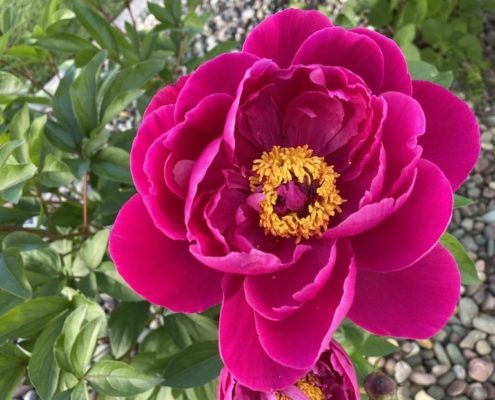

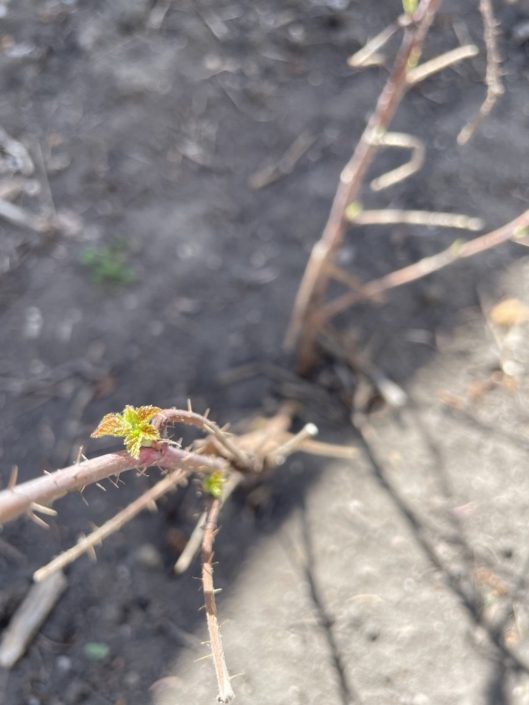
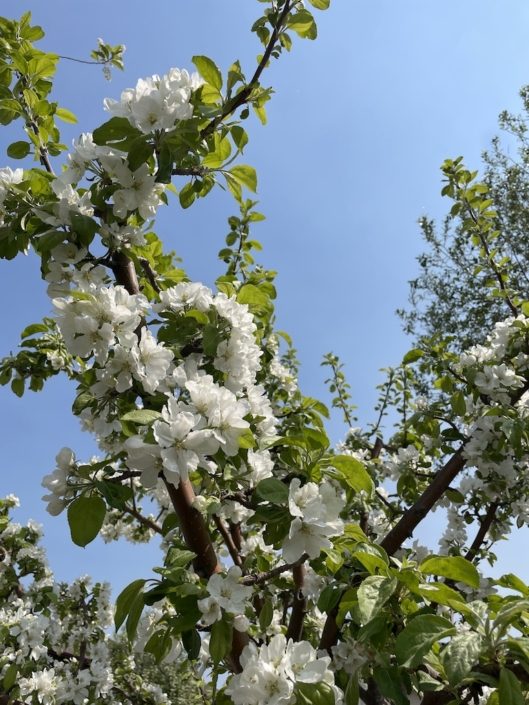
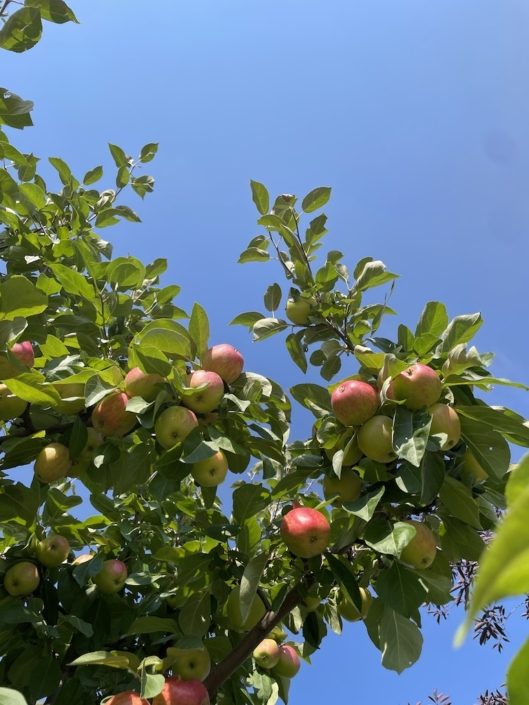

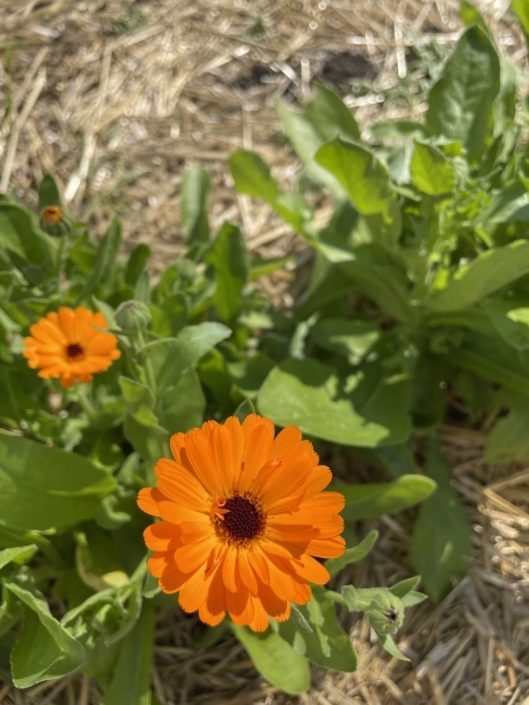

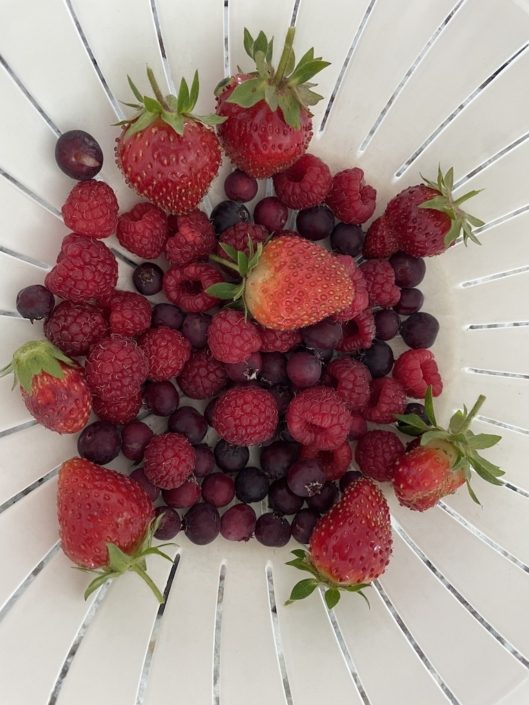
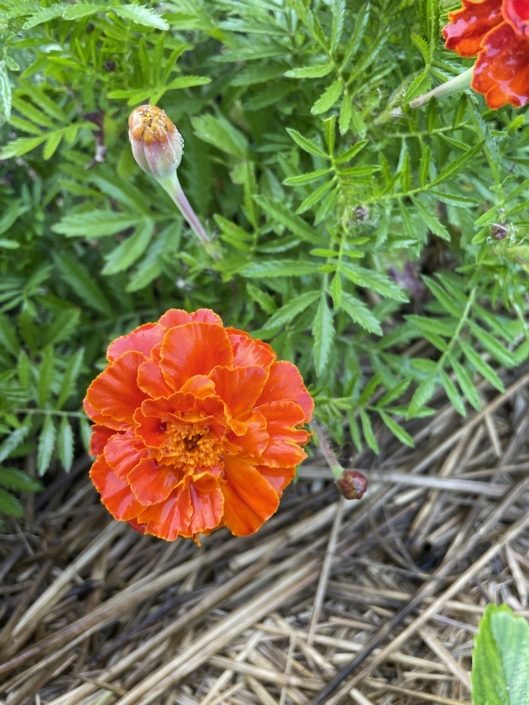
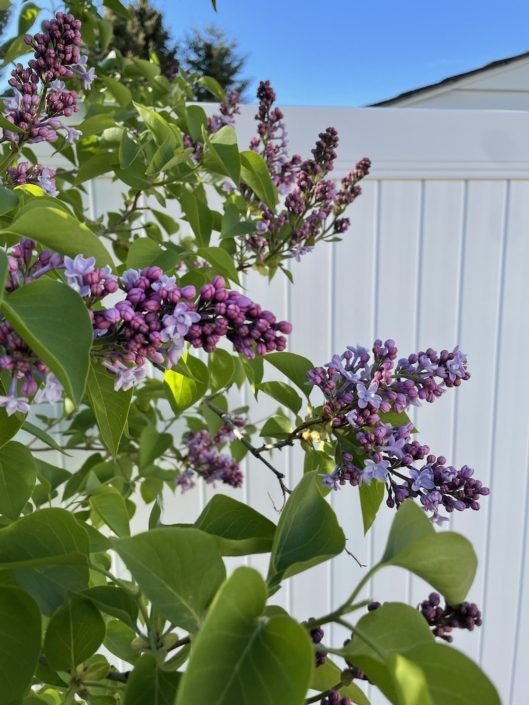
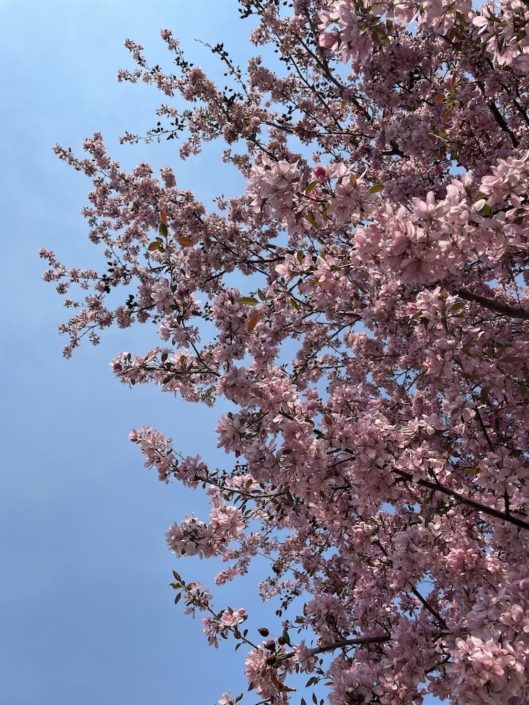

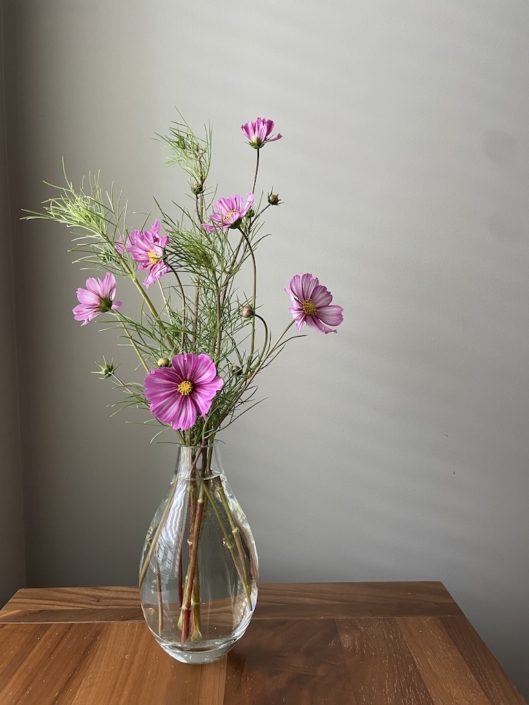
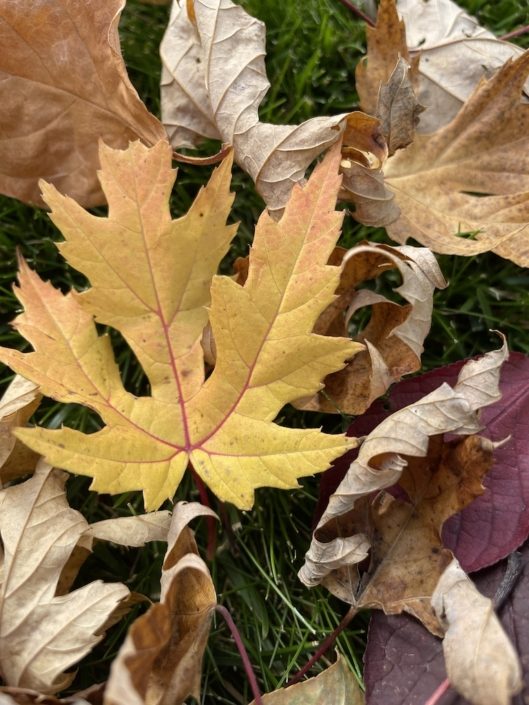

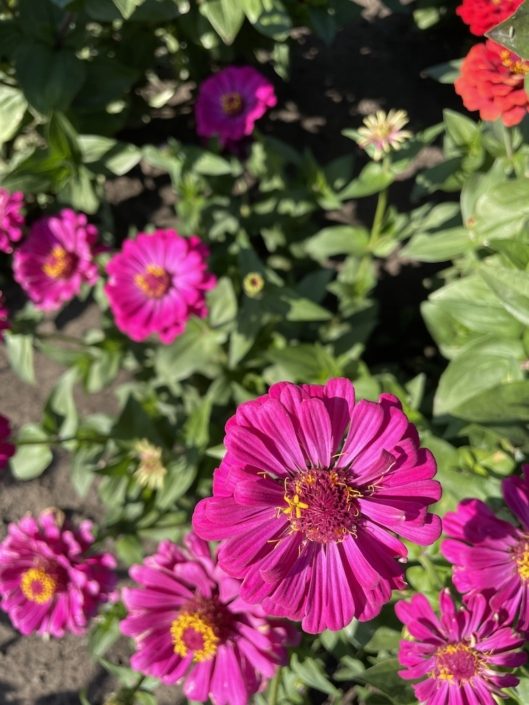
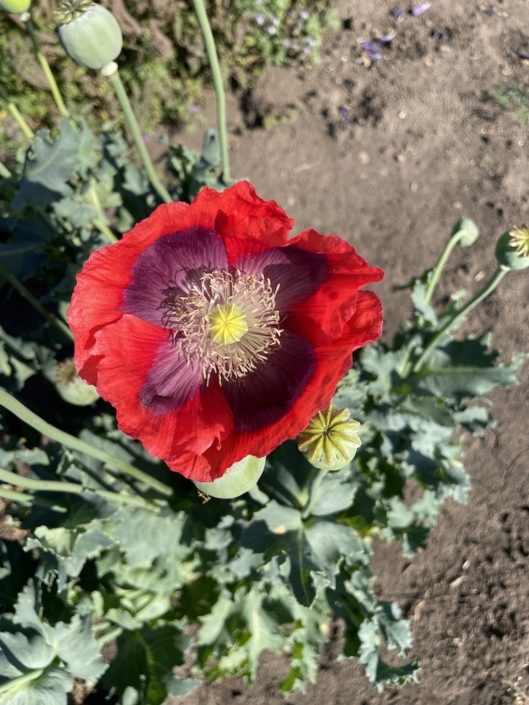
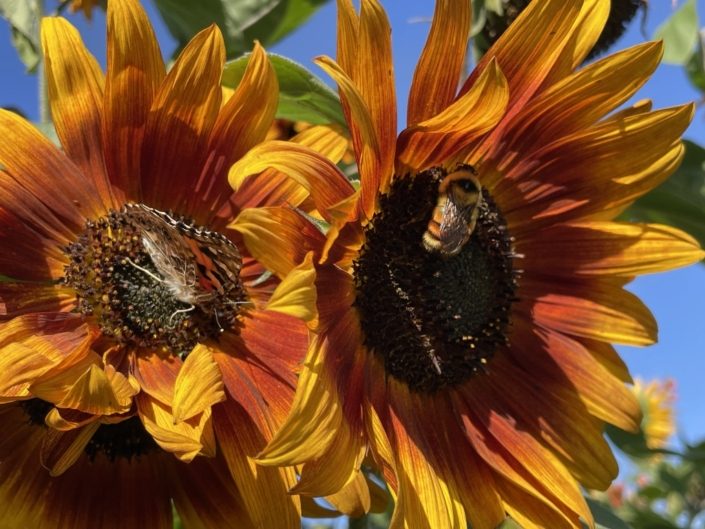
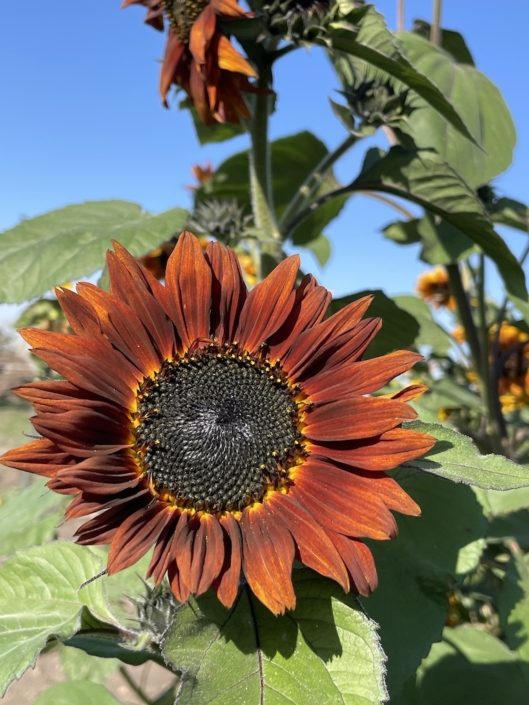
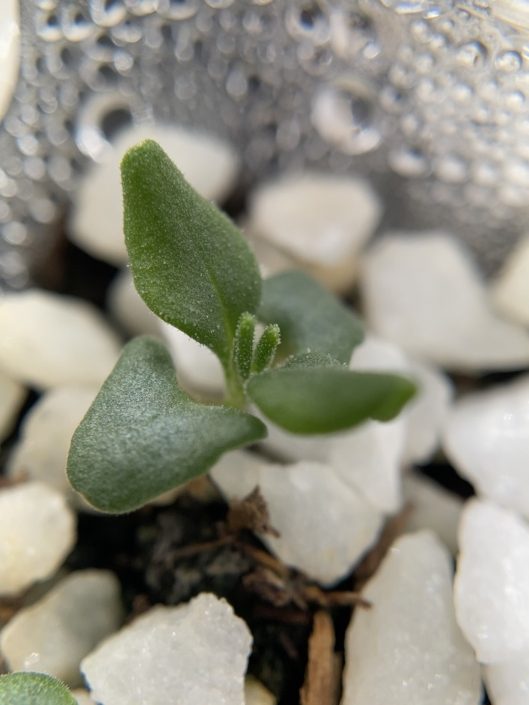


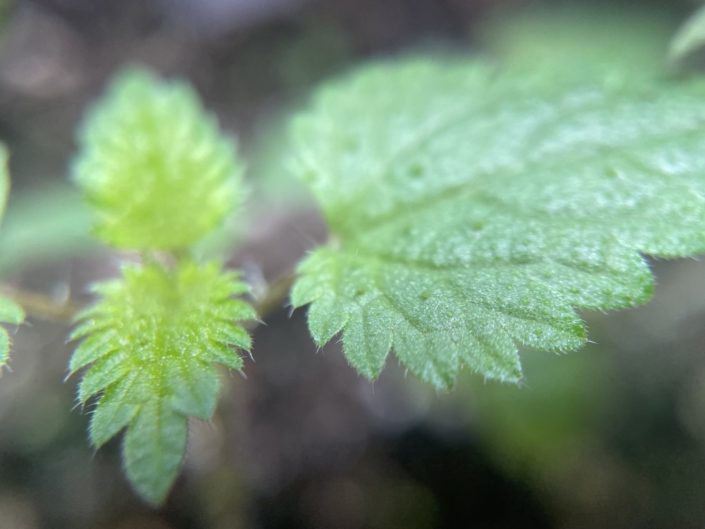
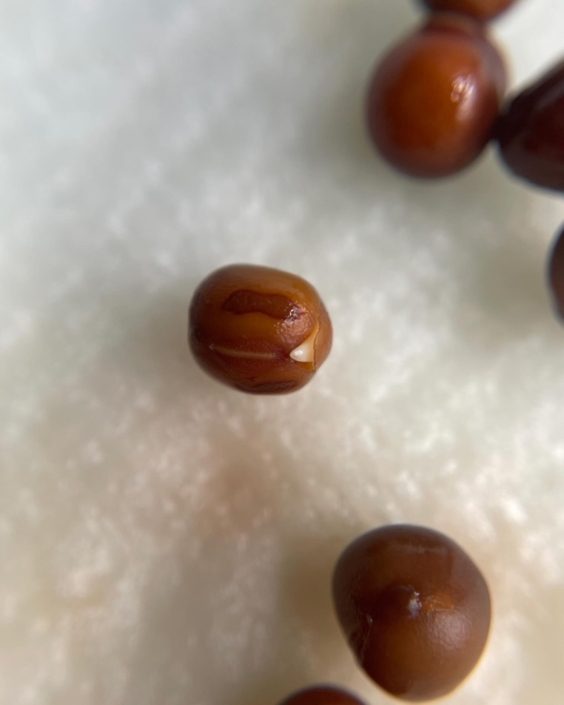
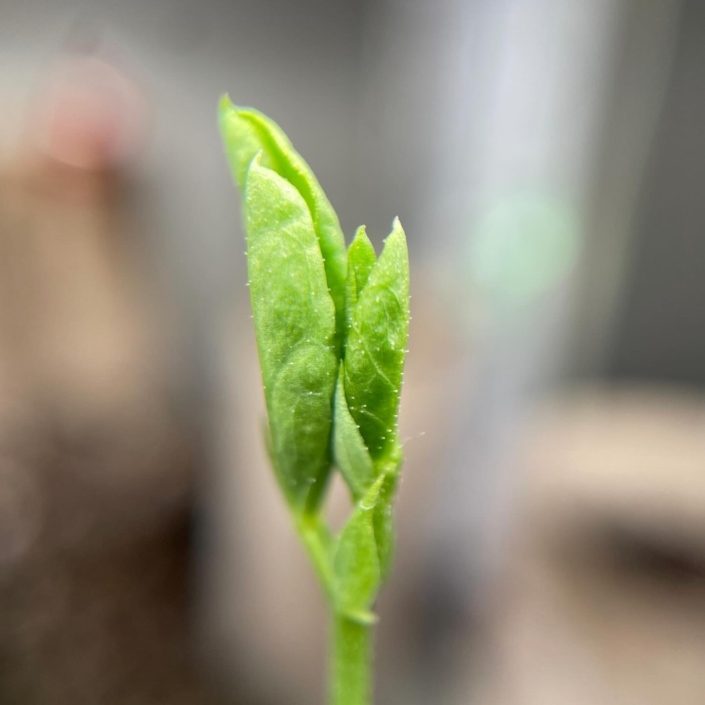
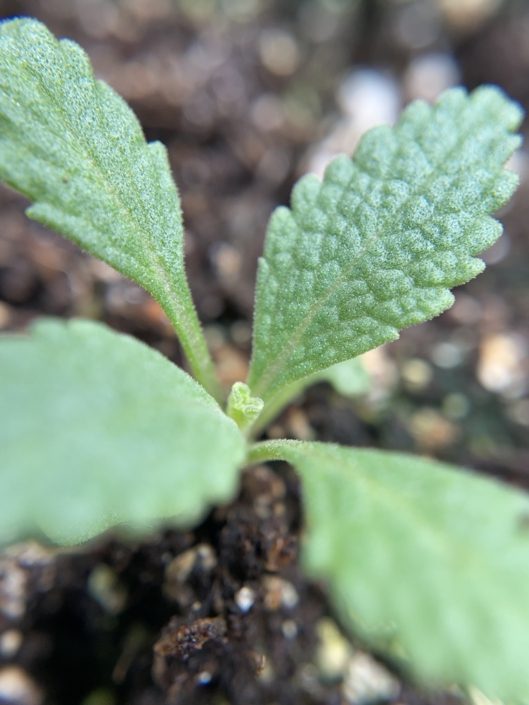

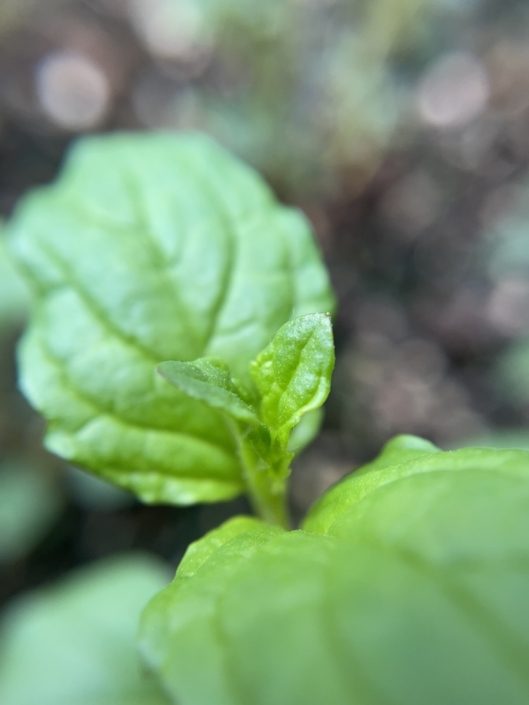














Leave a Reply
Want to join the discussion?Feel free to contribute!